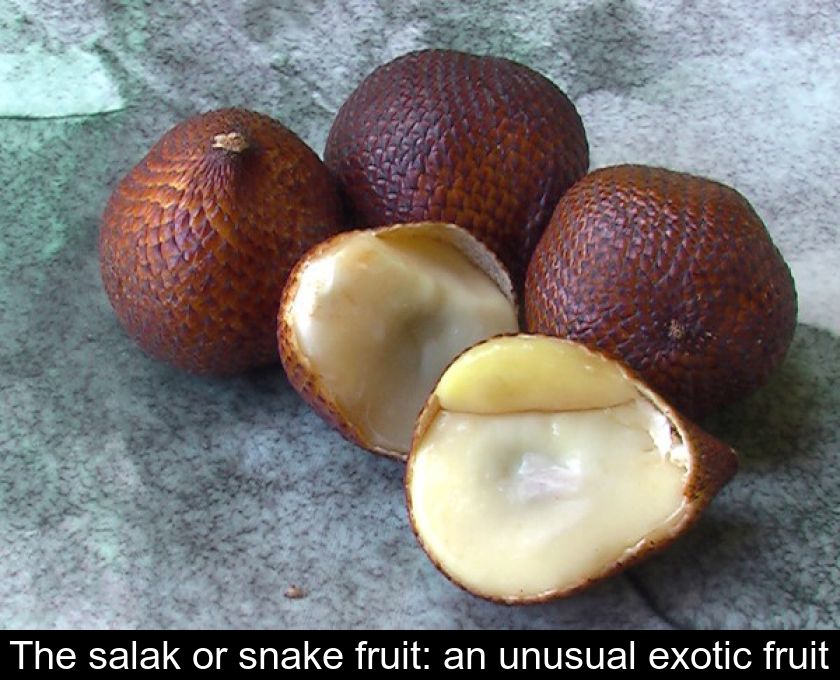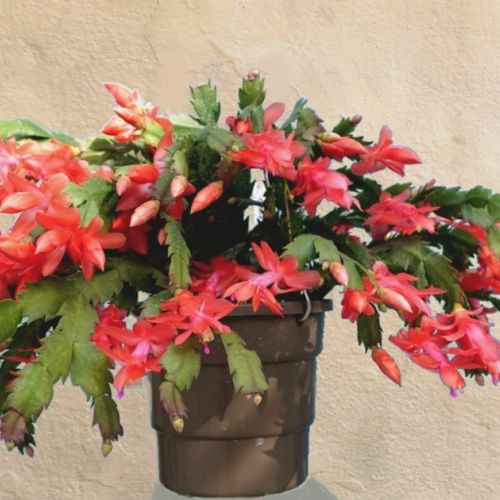The Salak Or Snake Fruit: An Unusual Exotic Fruit
With its hard brown scales, the salak has the unappealing appearance of a snake skin. However, this exotic fruit typical of Southeast Asia is juicy, acid and sweet at the same time, in a word delicious! We suggest you discover the origin and the characteristics of the amazing snake fruit.
Where does it grow?
The salak is the fruit of a small, very thorny palm tree also called 'salak'. This palm belongs to the Arecaceae family and its botanical name is Salacca zalacca.
Although its origin remains unknown, this palm is a typical species of Southeast Asia. It grows in Java and Sumatra and is cultivated mainly in Thailand, Malaysia and Indonesia.
Sometimes creeping, it can grow up to 6 meters tall. The fruits grow at the base of the palm in small clusters.
What does it look like?
The salak or snake fruit lives up to its name! The word 'salak' actually means snake in Javanese and Soundanese (the second language of Indonesia).
In English, it is simply called snake fruit.
It actually comes in the form of a large oval or spindle-shaped drupe 5 to 8 cm long, covered with brown scales resembling the skin of a snake.
Under its thin but hard and rough skin, this Asian fruit contains a juicy, acidic and sweet white flesh.
What does it taste like?
Those who have had the opportunity to eat salak comparing its taste to that of pineapple because of the contrast between sweetness and acidity, combined with the fact that this fruit is very juicy.
After the sweetness, the acidity comes in and tingles your tongue.
In summary, this exotic fruit not only looks amazing, it also has a flavor that is worth discovering!
If you have the opportunity to taste it, don't be put off by its bizarre appearance, but be careful when tasting because this strange fruit contains one (or more) hazelnut-sized pit(s).
To note: another amazing fact, Thais like to taste this fruit after peeling it of course, but also dipping it in a mixture of sugar and salt!
How to eat it?
To eat a salak, it is obviously necessary to remove its famous thin and leathery skin which looks like a snake skin...
These fruits are quite difficult to peel. The trick to doing this is to cut off the top of the fruit so that you can grab the skin.
Inside, the pearly white flesh is also quite tough (crunchier than an apple for comparison).
So, before biting into this fruit, you can slice it with a knife. And of course, we don't forget to remove the pit.
What are the health benefits?
Salak contains not only vitamin C but also protein, fiber, calcium and phosphorus.
If you suffer from turista while traveling in Southeast Asia, note that this fruit is reputed for its anti-diarrhea effects.
On the downside, it can cause constipation if you eat a lot of it...
In conclusion, during your next trip to Bali or Indonesia, take the opportunity to taste this amazing snake fruit, but in moderation ;-)










